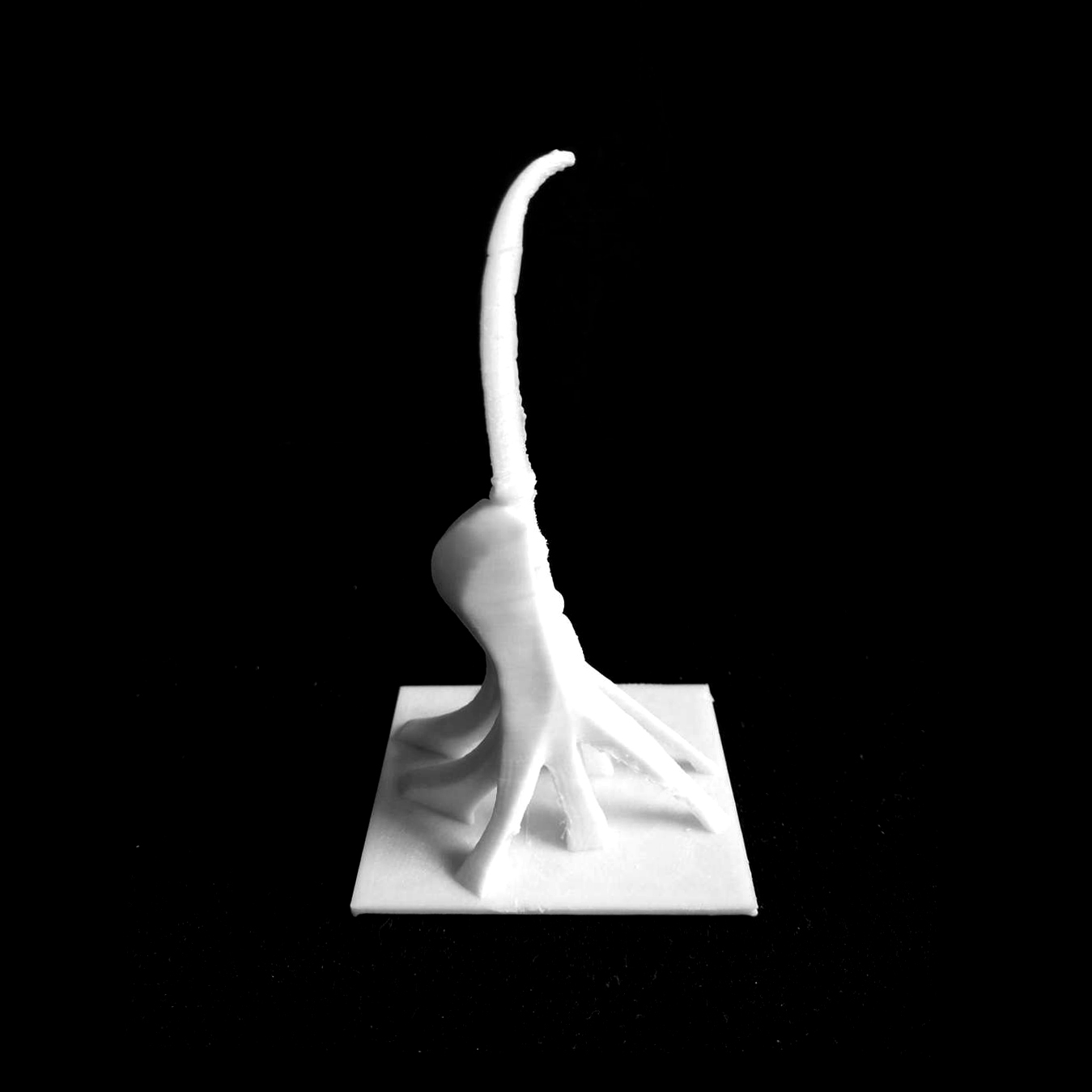
Dacian Sign
myminifactory
In Latin texts, the weapon was described as an ensis falcatus (whence falcata) by Ovid in Metamorphose and as a falx supina by Juvenal in Satiriae. The Dacian falx came in two sizes: one-handed and two-handed. The shorter variant was called sica (sickle) in the Dacian language (Valerius Maximus, III,2.12) with a blade length that varied but was usually around 16 inches (41 cm) long with a handle 1/3 longer than the blade. The two-handed falx was a pole-arm. It consisted of a 3 feet (0.91 m) long wooden shaft with a long curved iron blade of nearly-equal length attached to the end. Archaeological evidence indicates that the one-handed falx was also used two-handed. The blade was sharpened only on the inside and was reputed to be devastatingly effective. However, it left its user vulnerable because, being a two-handed weapon, the warrior could not also make use of a shield. It may be imagined that the length of the two-handed falx allowed it to be wielded with great force, the point piercing helmets and the blade splitting shields - it was said to be capable of splitting a shield in two at a single blow. Alternatively, it might be used as a hook, pulling away shields and cutting at vulnerable limbs, or striking the edge of a strong shield. The inward curving point was still able to pierce the armor or flesh of the target behind the shield, rendering even the most reinforced shields much less effective defensively against a falx wielder. Called “Dacian sign”, the monument was modeled after a laborious documentation. The monument represents a Dacian falx. This was the most effective weapon of the Dacians, the one that determined the Romans, after the war of 101-102, to change their helmets and shields, which weren’t strong enough because the edge located on the inside curve of the weapon, its hitpower and the sickle effect given by the weapon’s conformation were a destructive combination. The gigantic falx, measuring 3.5 meters high, made of bronze and brass, is placed on a pedestal of 2.5 meters of concrete reinforced with iron, that has a sign saying the monument is dedicated to the memory of "Decebalus".
With this file you will be able to print Dacian Sign with your 3D printer. Click on the button and save the file on your computer to work, edit or customize your design. You can also find more 3D designs for printers on Dacian Sign.
